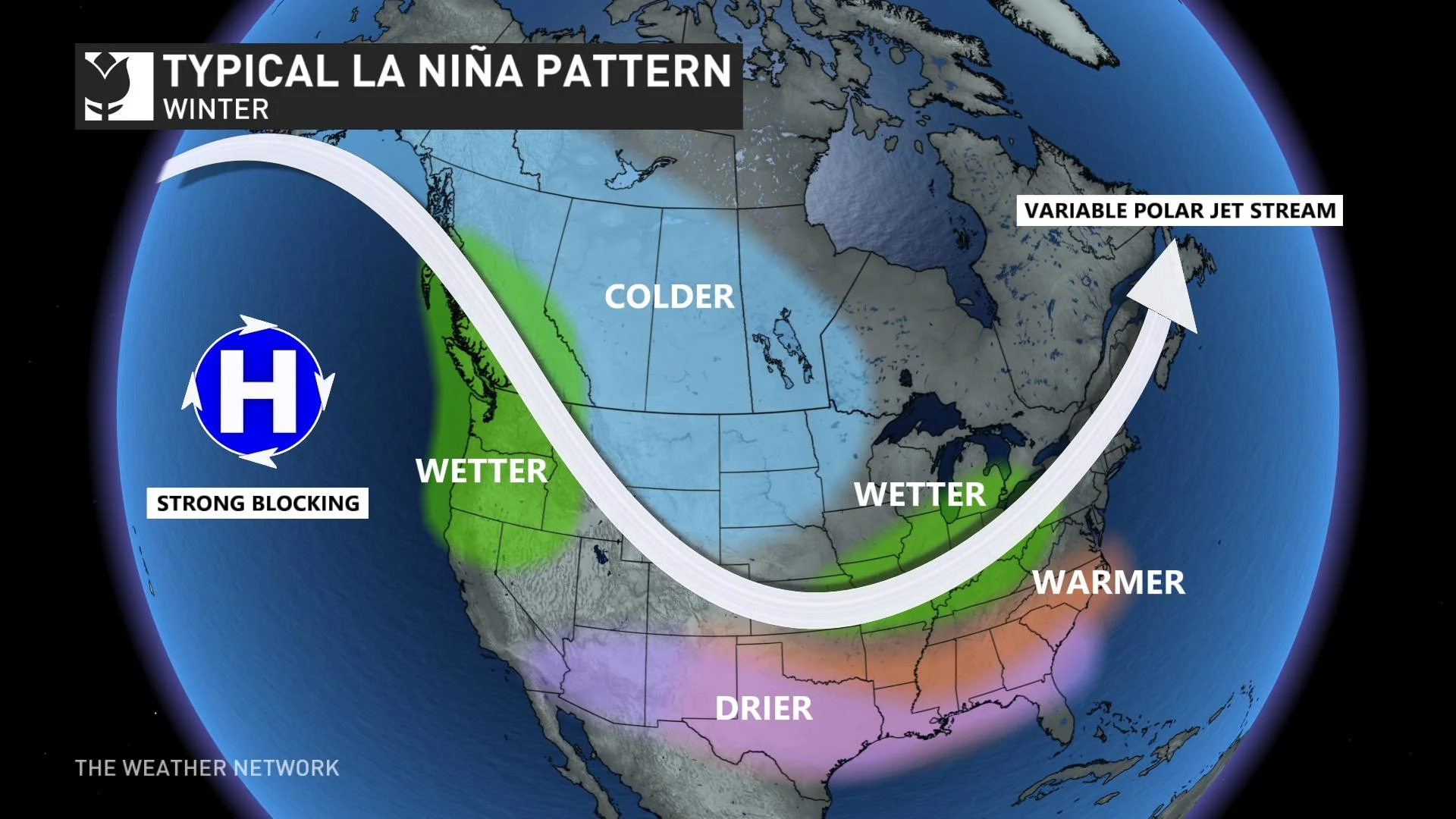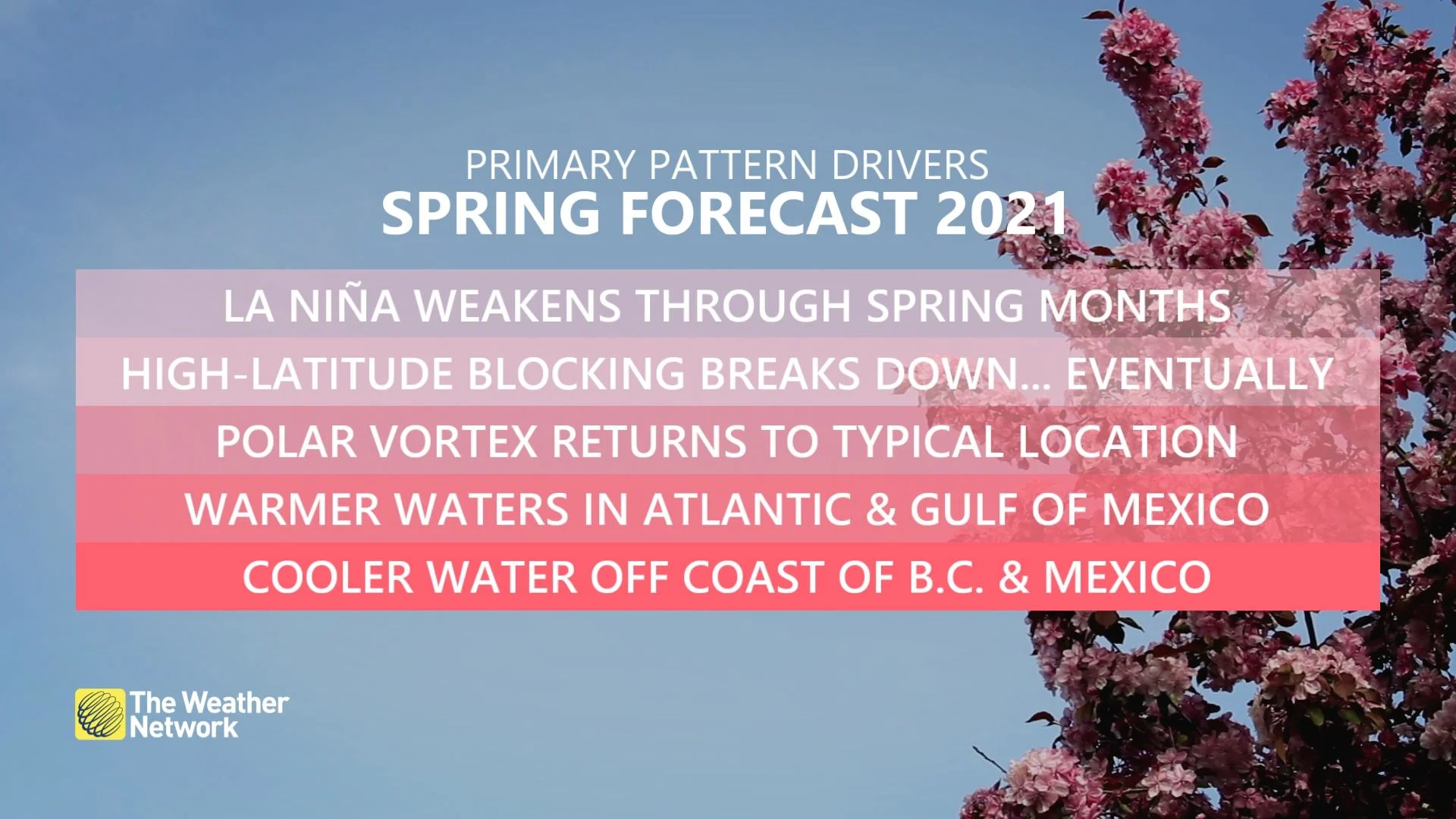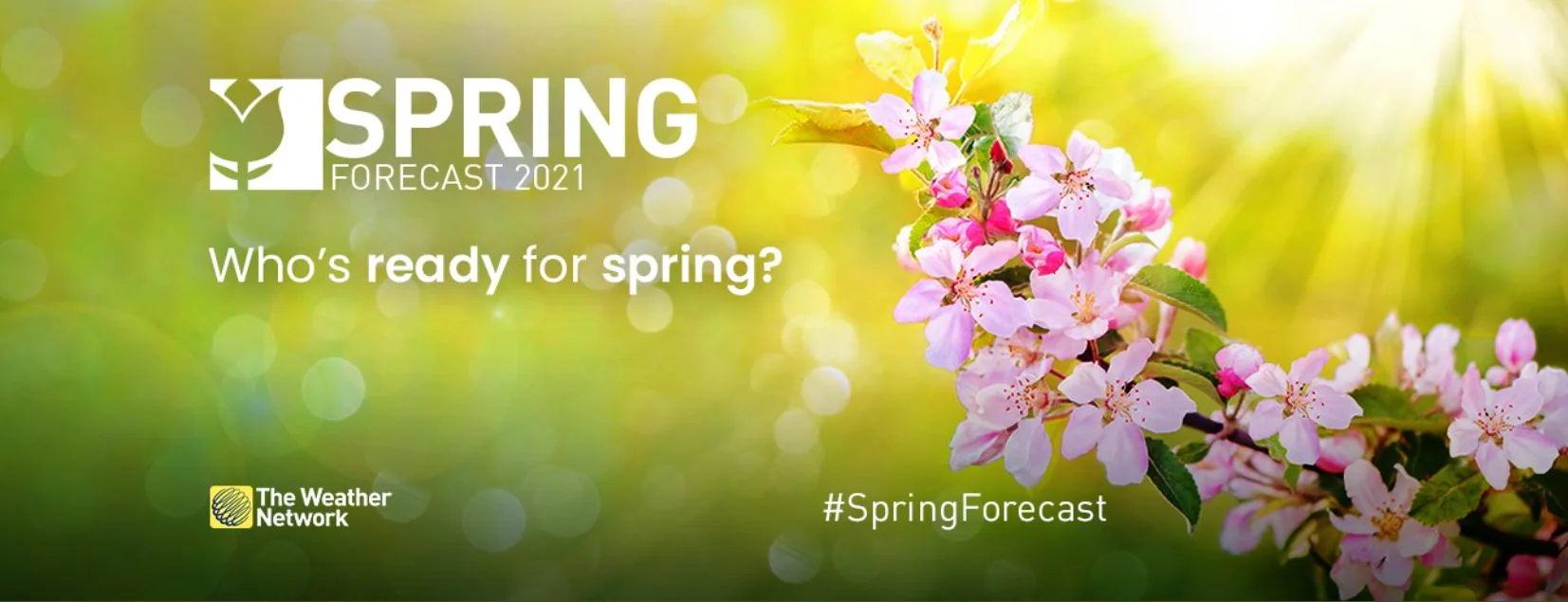
The secrets behind the seasons: How we forecast the months ahead
Our 2021 Spring Forecast will be revealed on Monday, March 1, but have you ever wondered how we manage to forecast an entire season? We take you behind the scenes for an in-depth look at the secrets behind the seasons.
The Weather Network's seasonal forecasts are typically the most popular and sought after forecasts -- as we're Canadian afterall and our national pastime is talking (or complaining) about...the weather.
Many people also like to plan in advance, wondering the best times to take vacation in the summer months, or maybe even considering a winter wedding that requires the perfect back drop. The transitional seasons like spring and fall can also be tricky, as conditions can quickly change all within a day, meaning dressing in extra layers or packing an umbrella and rain boots.
COMING SOON: Tune in on Monday, March 1 for the official release of the Spring Forecast for 2021!
Regardless, knowing how a season will unfold is typically a major Canadian craving. But the seasonal forecasts can also be the most difficult to release, as the predictions are for patterns sometimes as much as three months in advance.
Weather Network meteorologist Michael Carter takes us behind the scenes for an in-depth interview to break down how these seasonal forecasts actually work, and which season is usually the most difficult to forecast for.
Q: What goes into making the seasonal forecast?
MC: Our forecast approach is unique in that we rely on three different techniques to understand the pattern for the season to come. The first component is the forecast models, which are very similar to the numerical models we use to predict the day-to-day weather, but these are tuned specifically to forecast the weather weeks or months in advance. These specialized models may not offer as much detail as a short-range forecast, but they do give us a good understanding of how atmospheric patterns will change in the weeks ahead.
The second technique we use is called the analogue method. Essentially we use the benefit of hindsight to look back at previous years in the historical record. We can find years that have similar patterns or characteristics to the current year, and then see how those years played out. By identifying a group of analogue years with similar fingerprints to the current year, we can better understand how the pattern might develop.
The third factor we consider is the global drivers of the pattern called "teleconnection." These drivers are the features in the ocean and atmosphere that dictate the position of troughs and ridges in the jet stream, and define things like the storm track or the location of cold air outbreaks. A common one that people may be familiar with is the El Nino/La Nina cycle, but there are several other teleconnections to consider. Everything from air pressure patterns over the arctic to water temperatures in the Gulf of Mexico, to atmospheric convection near the equator, can play a role in how our upcoming season evolves.

Q: What are the drivers of a seasonal forecast?
MC: This year there are several drivers that we expect will play a role in how the spring develops. We have a couple of lingering winter patterns that we expect to slowly break down, including a weakening La Nina and atmospheric blocking in the high latitudes that we expect to relax over time. And though we typically consider it a winter feature, the Polar Vortex can play a role in the spring as well. We’re also closely watching the water temperature patterns near North America in both the Atlantic and Pacific basins. These patterns and how they change will play a large role in our upcoming season.

Q: Which season is the toughest to forecast?
MC: For us as forecasters, the most difficult seasons to characterize are the transitional seasons: the Spring and Fall, because these are seasons of change. As the atmosphere moves from its cold winter state into the hot humid summer (or vice versa), it becomes more volatile and changeable, and patterns can develop and break down more quickly than they do in the summer and winter. Add to that the fact that "normal" values are constantly changing during our transitional seasons, which can affect both the perception of the forecast and the meteorology behind it. These factors all contribute to making the Spring and Fall forecasts our most difficult.

Be sure to check back on Monday, March 1 for the official release of The Weather Network's 2021 Spring Forecast.











